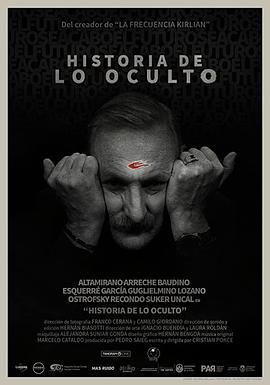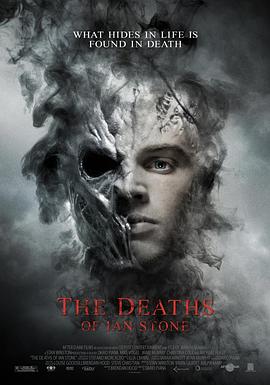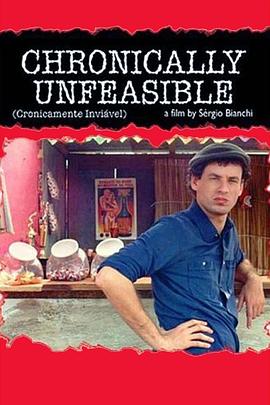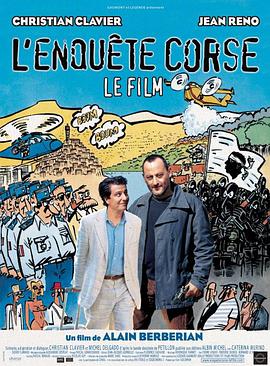Ian
搜索"Ian" ,找到 部影视作品
导演:
剧情:
这是2004年《Long Way Round》和2007年《Long Way Down》的后续,这次麦克格雷格跟朋友Charley Boorman骑着哈雷·戴维森电动摩托,穿越中南美洲的13000
导演:
剧情:
Haylee, a local EMT suffering from PTSD, spends her days making split second decisions with lives
导演:
主演:
剧情:
最著名的电视新闻节目“午夜60分钟”的最后一次播出,今晚的主角是艾德里安·马卡托,他可能会揭露一个将政府与某个邪教联系起来的阴谋。。。
导演:
主演:
剧情:
Ian Stone(Mike Vogel 饰)最近的生活陷入了一片混乱:每一天,在时间停止的瞬间,他总会被不知名的怪物杀死,尽管“死后重生”,他又会以不同的身份开始新的生活,办公室的小职员、出租车
导演:
主演:
剧情:
一部巴西问题的解剖, 运用在一家圣保罗餐馆里六个人的见面,作为模型说明巴西政治和社会学的探讨。 本片获2000年洛枷诺青年评委会大奖,圣保罗电影节评论协会最佳影片。
导演:
主演:
剧情:
克里斯蒂安·科莱威尔,在本片中饰演一名没钱的侦探。受雇于法国一位部长,调查科西嘉岛上由安格·洛尼(让·雷诺)建立的一个恐怖组织。口头上这名侦探说了解这个岛,实际上却一无所知。当他到达科西嘉岛。提起
导演:
剧情:
梅根(瑞秋·斯盖顿RachelSkarsten饰)拥有着令人羡慕的幸福生活,她和丈夫托马斯(布兰特·道格尔迪BrantDaugherty饰)之间的感情非常的恩爱,两人共同抚养着可爱乖巧的孩子,享尽了天伦之乐。梅根再也没有想到的是,有一天,她拥有的这一切都变成了泡影。某日,当梅根醒来之时,发现自己仿佛穿越到了平行世界的另一段人生里。在这段人生中,她还没有结婚,甚至都不认识托马斯,孩子自然也无从谈起。当梅根想尽了一切方法都无法回到她原本的生活中去后,她选择了向现实妥协,并且找到了一份工作。然而,仿佛是上帝开了
导演:
剧情:
《厨艺大师》的参赛者几乎来自各行各业,相同的是他们都对烹饪充满热情与希望! 来自全国各地的参赛者,他们必须在每一集节目中做出令裁判惊艳的菜肴以脱颖而出,要击败众多竞争者当然不容易,能让裁判同时也是











